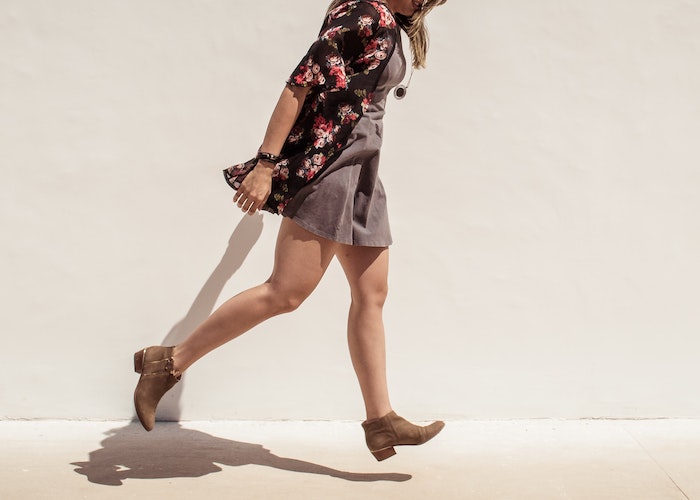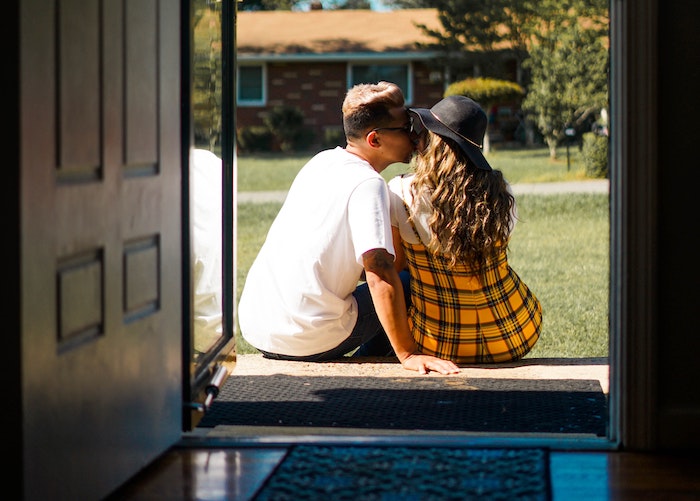How To Tell If Someone’s In A Financially-Abusive Relationship

When it comes to creating a healthy, sustainable, and loving relationship, few things can be more ruinous of the best intentions than money problems. Disagreements or discomfort around money, different viewpoints about how to handle it, or tensions about what to spend it on, can cause fault lines in otherwise-blissful relationships. Disparate class backgrounds can be nearly impossible to overcome, particularly when they’ve instilled in both parties a distinct and distinctly-emotional relationship to money. Trust over finances can be one of the hardest things to create, and easiest to destroy. And that is all when the relationship is healthy, both parties are respectful, and everyone has the best intentions. When one party is abusive, money quickly becomes a weapon.
Financial abuse is one of those things that can go unnoticed or even actively denied, often because we have such taboos around talking about money. We think it’s vulgar to raise the discussion, and often defer to the person who earns more without asking ourselves why we do. We can observe patently-unhealthy or malicious behaviors and dismiss them as “the way money works in a relationship,” or think that being controlled financially is simply a byproduct of earning less. Whether in our own relationships or in those of the people close to us, we are not taught to look for the signs of financial abuse the way we are other types of abuse or manipulation. And as you might remember from our work with Allstate Foundation Purple Purse, this is why so few people recognize it.
It’s important, particularly as women who are most often the victims of this kind of abuse (in many ways linked to our continued lower earning prospects compared to male partners), to not just look out for the warning signs in our own relationships, but to be vigiliant about the relationships around us, so that we can give them the help and the safe space to go to that we would need ourselves. Financially and otherwise, we must create safety networks for one another, and it’s up to us to protect ourselves in our relationships, particularly as they become more financially-intertwined. For example, everyone needs a solid emergency fund that they have access to at a moment’s notice, even if everything else is shared.
And while the individual behaviors will vary from situation to situation, there are some general patterns to be on the lookout for, and to learn to recognize early on, before anyone becomes dangerously linked to the abuser. Setting boundaries early and often with money, and being clear about what is healthy, respectful, and mutually-beneficial is key. The more literate we are with money, the harder it is to abuse or take advantage of us. And the more comfortable we are talking about money with friends, the more they will feel able to come to us if they ever feared they were in a financially-toxic situation.
To help you recognize more of these signs in your own life, Lauren and I share some of the biggest red flags in this week’s TFD video.
Image via Pexels




